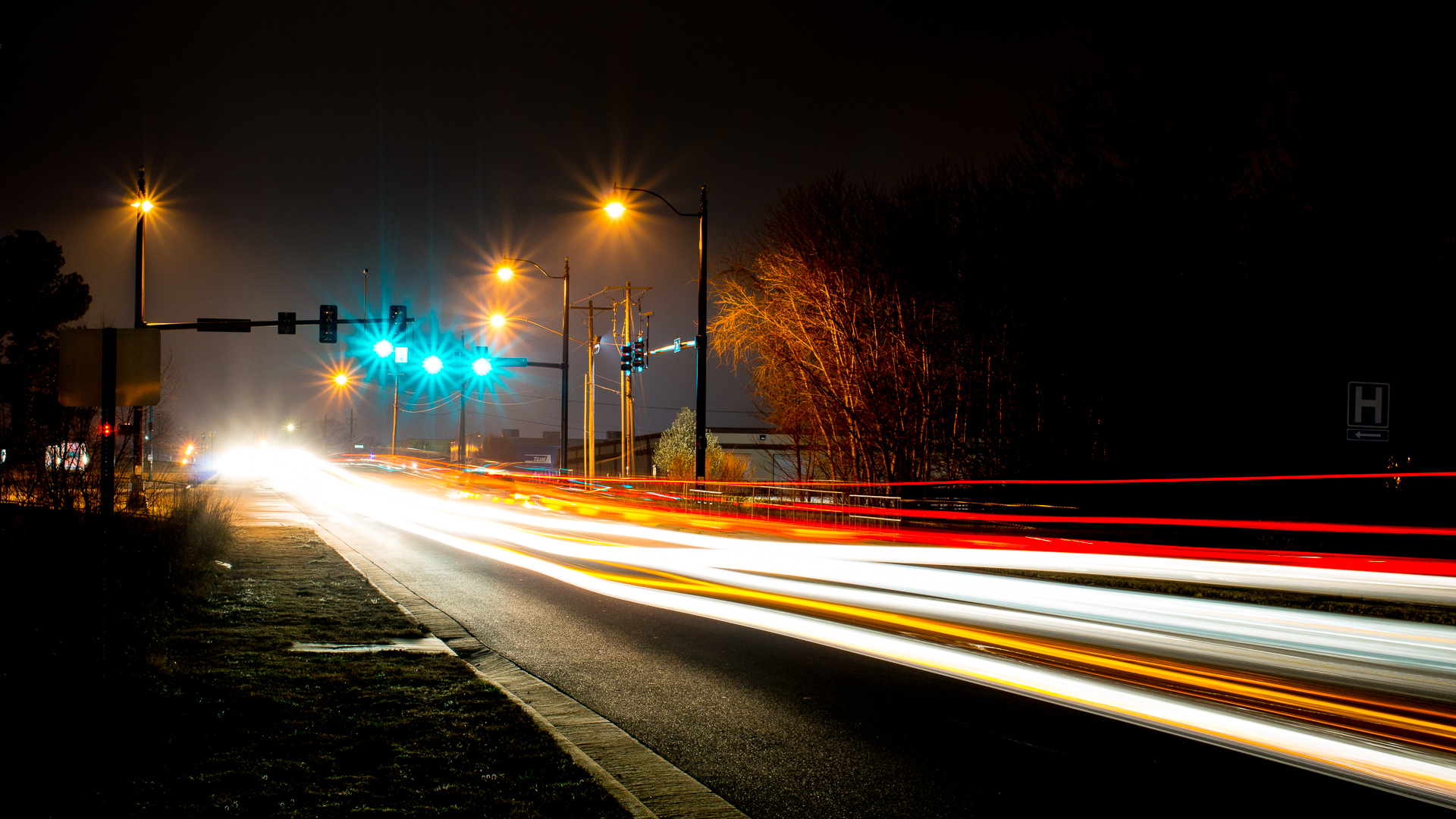Long exposures have always fascinated me simply because that is not how our eyes or brain work. They don’t go into a slow motion mode and start capturing a single scene over long periods of time, because if they did you might get hit by a car (and this is no laughing matter). A constant trail of light enters our brain through our eyes and the brain interprets them as images. All of this is happening at great speed—thousands of electrical signals are being interpreted by the brain every second to form an image. The irony is, my mind from time to time, wants to escape this spinning vortex and look at a long exposure static image—an image that was formed by allowing light to pass through a relatively longer period of time—and imprint all that in a single image. At moments like these photos like the one below is created.

The question in some of your minds is this—how do I create this image?
To begin with you’ll need some gear that’s absolutely essential to create an image like this.
- A camera that allows manual settings i.e., a camera where you can set your shutter speed manually.
- A lens (preferably a wide-angle one to capture as wide a scene as possible)
- A tripod (or other support) to avoid camera shake for the duration of the long shutter speed
- A shutter release cable (or a remote trigger) to avoid touching the camera and causing camera shake (self-timer would also work but you might have challenges in perfectly timing your exposure—remember the cars are in motion and you want to capture the entire trail)
- An image processing software for finishing touches (I used Lightroom for processing the image. I dragged back the “Blacks” slider in the “Tone” section to make the dark section in the image darker so that the light trails really pop out).
- A flashlight (torch) or a headlamp so that you can see in the dark.
Once you have all that just head out and choose your spot. Look for traffic coming down the road and try to capture something interesting coming down the frame. Try to have longish shutter speeds (anything between 8 sec to 30 secs works great for me). Try to keep your aperture down for creating the star effects caused by the diffraction of light at such small apertures (or if you don’t want it shoot at bigger apertures). An aperture is a hole in your lens through which light passes to the camera’s image sensor. A high f-number means a smaller hole. See I’ve set it at f/11. I can even go smaller up to f/22 to make the effect more pronounced at the cost of image quality (more about that later). And most importantly get your exposure right. The exposure is a balance between your ISO, aperture, and shutter speed.
Once the image is captured you’ll see that the headlights have left white trails, rear lights red trails, and indicators dotted yellow lines. Do you see them in the picture? Great! You’re well on your way to create your light trail masterpiece.